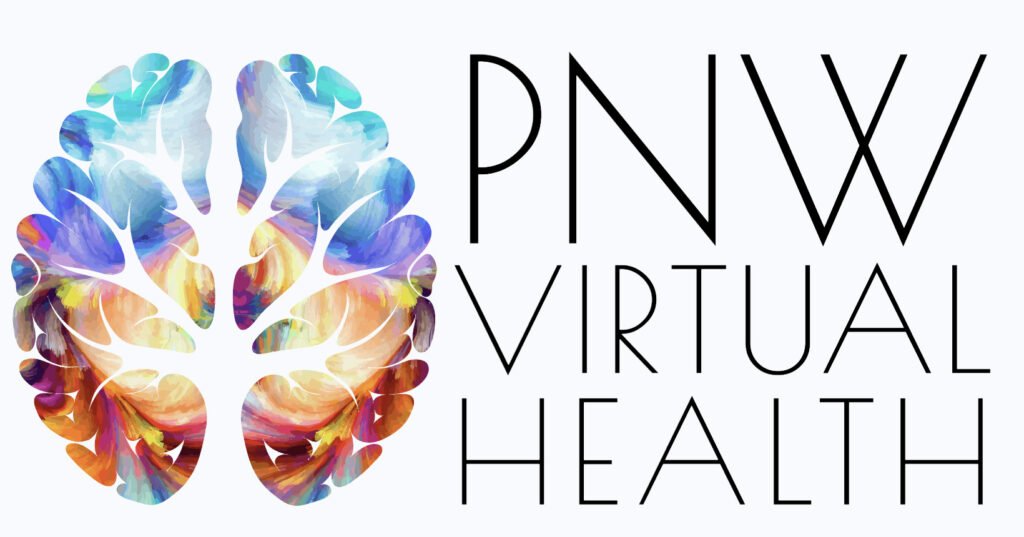For countless adults, the true challenge of ADHD lies beyond hyperactivity. It’s a quiet, internal experience defined by an ongoing battle with focus, memory, and organization that can impact every area of life. These persistent difficulties are often misunderstood or dismissed as character flaws. The reality is that many adults are still undiagnosed or misdiagnosed simply because their symptoms are not outwardly visible, leading to a silent struggle and a search for answers.
If you’ve spent years feeling like you’re constantly swimming against the current, struggling with tasks that seem effortless for others, it might be time to look beyond the stereotype. Inattentive ADHD, once more commonly known as ADD, often presents without the classic signs of hyperactivity, making it incredibly easy to overlook, especially in adults.
Here are five of the most frequently missed signs of inattentive ADHD in adults and how to spot them in your own life:
1. The Persistent “Where Did My Time Go?” Problem
Do you sit down to start a task, only to find that hours have vanished with little to show for it? This isn’t necessarily laziness or poor time management. For adults with inattentive ADHD, the brain can struggle to perceive the passage of time accurately. This “time blindness” can lead to chronic lateness, missed deadlines, and a constant feeling of being behind, no matter how hard you try to catch up.
How to spot it: You consistently underestimate how long tasks will take. You might find yourself in a “hyperfocus” state, completely absorbed in one activity for hours, while neglecting other important responsibilities. Conversely, you might drift from one task to another without ever completing anything.
2. The Clutter Conundrum and Chronic Disorganization
Is your desk a mountain of papers? Is your email inbox a source of constant anxiety? While a messy environment isn’t exclusive to ADHD, for those with the inattentive type, disorganization is often a significant and stressful symptom. This isn’t a moral failing; it’s a challenge with executive functions—the mental skills that help you plan, organize, and execute tasks.
How to spot it: You frequently misplace important items like your keys, wallet, or phone. You struggle to create and maintain organizational systems, both in your physical space and digitally. Your car, home, or workspace feels perpetually chaotic, despite your best efforts to tidy up.
3. The “In One Ear and Out the Other” Experience
Do you find your mind wandering during conversations, even when you’re genuinely interested in what the other person is saying? Do you have to ask people to repeat themselves frequently? This isn’t a sign of disrespect or a lack of care. Difficulty sustaining attention is a core feature of inattentive ADHD. Your brain may be processing other stimuli or internal thoughts, making it challenging to stay focused on the present conversation.
How to spot it: You “zone out” during meetings, lectures, or even casual chats. You find it hard to follow multi-step instructions and may miss crucial details. You might be accused of not listening, even when you are trying your best to pay attention.
4. The Emotional Rollercoaster You Can’t Seem to Control
While not listed in the formal diagnostic criteria, emotional dysregulation is a common and often distressing aspect of adult ADHD. This can manifest as intense frustration over minor setbacks, sudden mood swings, or a low tolerance for stress. These emotional responses can feel overwhelming and out of proportion to the situation, leading to difficulties in relationships and personal well-being.
How to spot it: You experience quick and intense shifts in your mood throughout the day. You may have a “short fuse” and get easily irritated. You might feel overwhelmed by your emotions and struggle to calm down once you’re upset.
5. The Constant Battle with “Boring” but Necessary Tasks
Do you dread filling out paperwork, replying to emails, or tackling any task that requires sustained mental effort? This isn’t simply a preference for more exciting activities. For the inattentive ADHD brain, tasks that are perceived as mundane can be physically and mentally draining. This can lead to chronic procrastination on important responsibilities, causing a cycle of stress and avoidance.
How to spot it: You put off essential but uninteresting tasks until the last possible minute. You find it incredibly difficult to start and finish projects that don’t capture your interest. You may have a history of starting strong on new hobbies or goals, only to abandon them once the initial novelty wears off.
What to Do If This Sounds Familiar
Recognizing yourself in these descriptions can be both a relief and a source of concern. The first and most crucial step is to seek a professional evaluation from a qualified healthcare provider, such as a psychiatrist, psychologist, or a primary care physician with experience in adult ADHD. A proper diagnosis can provide clarity and open the door to effective treatment options, which may include therapy, coaching, and/or medication.
Living with undiagnosed inattentive ADHD can be a silent struggle, but it doesn’t have to be. By understanding the often-overlooked signs, you can take the first step towards self-discovery and a more manageable and fulfilling life.
